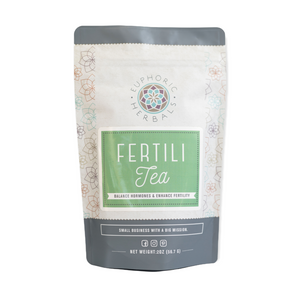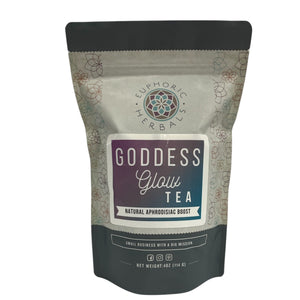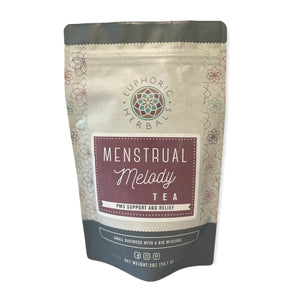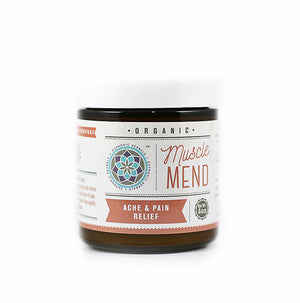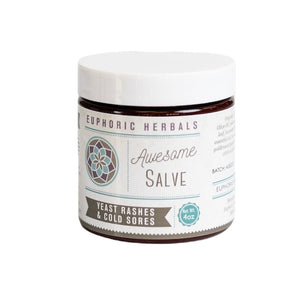Wild yams have been used as medicine for centuries. The Native Americans used them for ailments like colic and rheumatism. Not to be confused with the orange, potato-like vegetable we eat, wild yam is used as a supplement for its health benefits.
Although historically used for a variety of disorders, wild yam is most often discussed today for its ability to help with female hormones and hormone-related conditions.
Here's more about this herb, the potential benefits of wild yam, and how to use it.
What Is Wild Yam?
Wild yam (Dioscorea villosa) is a perennial vine that grows most often in woodlands and thickets. It has heart-shaped leaves and produces small, green-yellow flowers. Of the over 600 species of Dioscorea, only 12 are edible.
One species of wild yam is native to North America and others are native to China. There is also an ornamental variety called Dioscorea batatas.
Certain varieties of wild yam produce edible roots or tubers. Unlike sweet potatoes, the roots are much drier and narrower. The inner flesh is usually white and has a starchy, bitter taste. (1)
The roots of wild yams are the part used medicinally. They are dried and sometimes powdered before being sold as a supplement. You can also find wild yam root in herbal tea blends and in creams for topical use.
Wild Yam and Hormones
Much of the interest currently surrounding wild yam centers around a chemical called diosgenin.
Diosgenin is what's known as a phytosteroid or a plant-based steroid. It can be used to make steroids that humans need, especially progesterone, cortisone, pregnenolone, and DHEA (dehydroepiandrosterone). (2)
For this reason, wild yam is often used to make creams designed to help women with bad PMS or menopausal symptoms due to unbalanced hormones.
Although it's been used as part of natural estrogen therapy for centuries, there's confusion in scientific studies over how it works. The diosgenin in wild yam can be converted to hormones like estrogen and progesterone in a laboratory, but the human body cannot actually convert it into anything. (1)
In spite of this, wild yam does have the potential to have an estrogen-like effect on the body. (3) Many herbalists will recommend it for certain hormone-related health issues.
Here's more about the different benefits of wild yam and ways to use it.
Benefits of Wild Yam
May Help Menopausal Symptoms
Because of its potential to have an estrogen-like effect on the body, wild yam can be beneficial for women going through menopause.
Estrogen levels drop as women reach menopause. Low estrogen can be responsible for symptoms like vaginal dryness, hot flashes, mood swings, and decreased bone density. (4)
Hormone replacement therapy is a common recommendation for women approaching menopause, but it can come with side effects like an increased risk of cardiovascular disease or breast cancer. (4)
Wild yam is often a recommended herb for a natural approach to easing menopausal symptoms. In the few scientific studies done on wild yam for menopause, taking it orally is more effective than using a topical cream. (5)
You can get the most out of wild yam by taking it with other herbs for menopause in this Menopause Melody tea.
May Relieve PMS and Menstrual Symptoms
The estrogen-like activity of wild yam can also be beneficial for relieving symptoms of PMS.
It's traditionally been used especially to treat dysmenorrhea (menstrual cramps). Wild yam is thought to have an anti-spasmodic effect on the uterine muscles and has also shown anti-inflammatory properties. (6)
Wild yam has most often been prescribed by herbalists for internal use for PMS symptoms. Today, you'll also find topical wild yam creams that are meant to raise low progesterone levels, which can help ease PMS.
May Enhance Fertility
Given wild yam's hormone-like effects, it's no surprise that it can have benefits for fertility. There are many factors involved in infertility issues, but hormone imbalances can be a major one.
Wild yam may help to optimize estrogen levels as well as soothe oviductal and fallopian tube spasms that can prevent conception. (6)
Although wild yam isn't often used on its own for fertility issues, it can be used with other herbs to balance hormones like in this Fertili Tea.
May Reduce Pain and Inflammation from Arthritis
One of the old nicknames for wild yam was 'Rheumatism Root' because it was often used to treat joint and muscle pain that was referred to as rheumatism. Today, it's still used to help with symptoms of arthritis, especially the pain and inflammation.
Diosgenin, the compound found in wild yam, has been shown in lab and animal studies to have strong anti-inflammatory activity. It can also alleviate pain at higher doses. (7)(8) No notable side effects were found in any study.
May Relieve Cramps and Spasms
Wild yam has traditionally been used as a uterine antispasmodic. (6) Herbalists have recommended it through the years not only for menstrual cramps but also for the pain of childbirth and cramps or spasms postpartum.
The anti-inflammatory nature of wild yam gives it added benefits for reducing pain.
You'll find wild yam root in this Womb Wellness Enriched tea that can help with uterine cramping and spasms.
Supports Digestion
The antispasmodic nature of wild yam is beneficial for the digestive tract and may also help your liver and gallbladder function better. One study found that wild yam can specifically have an anti-inflammatory effect on the intestines. (6)
Like other bitter herbs, wild yam can stimulate the production of bile to help break down food and improve digestion.
Ways to Use Wild Yam
Wild yam root is most often available as a dried herb. Because of its bitter taste, the root itself in not often consumed fresh.
As a supplement, you can take wild yam as capsules, tablets, tinctures, or extracts. Creams made with wild yam are also popular, especially as progesterone creams.
Wild yam is frequently used in combination with other herbs, especially those that have an estrogen-like effect or balance hormones in some way. Herbal teas also help to disguise the bitterness of yam.
Precautions
Wild yam is considered safe for topical and internal use with no notable side effects at normal doses. Mild effects like nausea and upset stomach can occur but usually only when taking large doses.
It's recommended that people with hormone sensitive conditions (like uterine fibroids, endometriosis, and certain cancers) should avoid the use of wild yam. It should not be taken during pregnancy.
Wild Yam for Women's Health
Wild yam is an old herb with many modern uses. It can be especially beneficial for women from preconception to postpartum and all the way through menopause.
If you'd like to get the benefits of wild yam, start taking it in one of these products:
- Menopause Melody tea- herbal support for menopausal symptoms
- Fertili Tea- balance your hormones and enhance fertility
- Womb Wellness Enriched tea- herbal support prenatal, postpartum, and after a miscarriage






















































